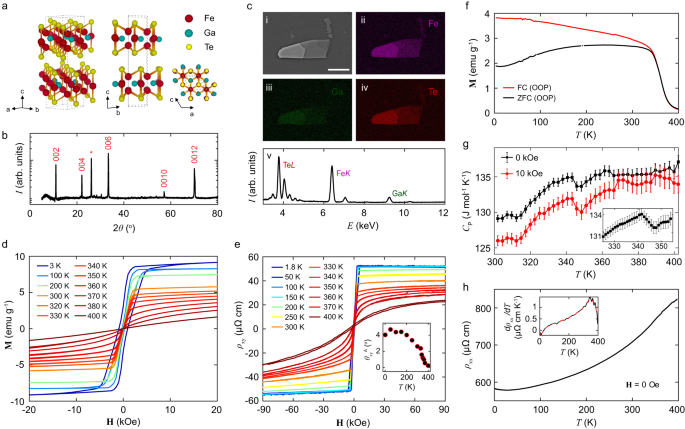2024-02-26 ヒューストン大学(UH)
<関連情報>
- https://stories.uh.edu/2024-on-thin-ice/index.html
- https://www.pnas.org/doi/full/10.1073/pnas.2211711120
スウェイツ氷河とパインアイランド氷河の同期した後退は、衛星以前の時代における外的要因に対応している。 Synchronous retreat of Thwaites and Pine Island glaciers in response to external forcings in the presatellite era
Rachel W. Clark, Julia S. Wellner jswellne@central.uh.edu, Claus-Dieter Hillenbrand, +13, and Lukas Wacker
Proceedings of the National Academy of Sciences Published:February 26, 2024
DOI:https://doi.org/10.1073/pnas.2211711120

Significance
Thwaites Glacier plays a vital role in regulating West Antarctic Ice Sheet stability and, thus, global sea-level rise. Marine sediments seaward of the glacier reveal that the grounding zone had retreated to its current position before 9,400 y ago. The floating ice shelf fringing Thwaites Glacier lost contact with seafloor highs in the mid-twentieth century, simultaneously with the ice shelf at neighboring Pine Island Glacier. The synchronous ice retreat of these two major ice streams suggests that, rather than being driven by internal dynamics unique to each glacier, retreat in the Amundsen Sea drainage sector results from external oceanographic and atmospheric drivers, which recent modelling studies show are modulated by climate variability.
Abstract
Today, relatively warm Circumpolar Deep Water is melting Thwaites Glacier at the base of its ice shelf and at the grounding zone, contributing to significant ice retreat. Accelerating ice loss has been observed since the 1970s; however, it is unclear when this phase of significant melting initiated. We analyzed the marine sedimentary record to reconstruct Thwaites Glacier’s history from the early Holocene to present. Marine geophysical surveys were carried out along the floating ice-shelf margin to identify core locations from various geomorphic settings. We use sedimentological data and physical properties to define sedimentary facies at seven core sites. Glaciomarine sediment deposits reveal that the grounded ice in the Amundsen Sea Embayment had already retreated to within ~45 km of the modern grounding zone prior to ca. 9,400 y ago. Sediments deposited within the past 100+ y record abrupt changes in environmental conditions. On seafloor highs, these shifts document ice-shelf thinning initiating at least as early as the 1940s. Sediments recovered from deep basins reflect a transition from ice proximal to slightly more distal conditions, suggesting ongoing grounding-zone retreat since the 1950s. The timing of ice-shelf unpinning from the seafloor for Thwaites Glacier coincides with similar records from neighboring Pine Island Glacier. Our work provides robust new evidence that glacier retreat in the Amundsen Sea was initiated in the mid-twentieth century, likely associated with climate variability.



